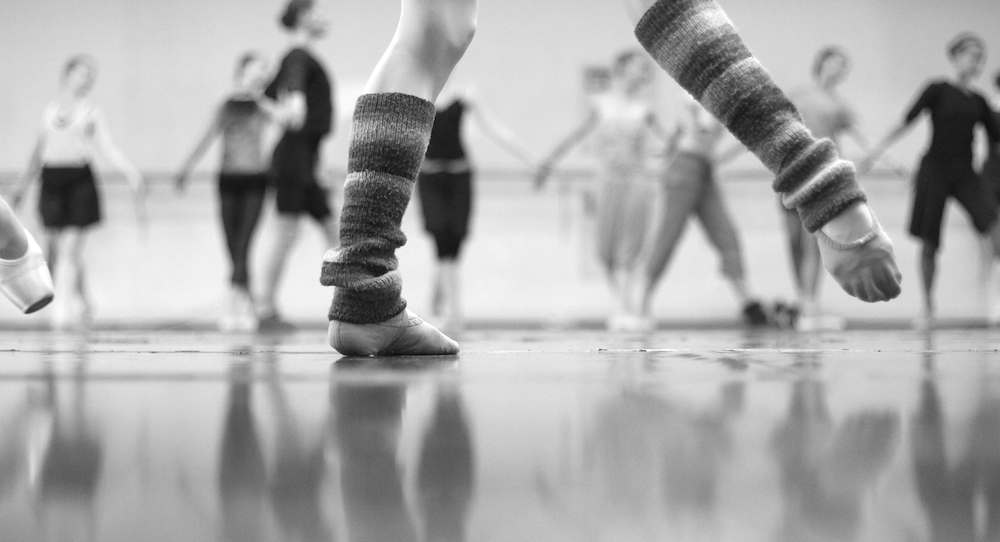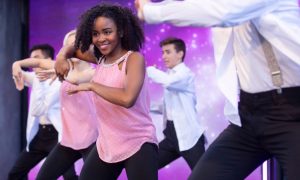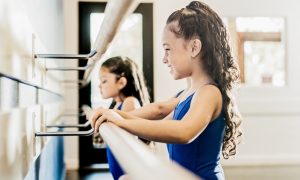“My floor is acting up!” “My floor is too slippery!” “My floor is too sticky!” “I can’t keep up with cleaning my floor. It is always dirty.” “What’s wrong with the floor?”
Do any of these sound familiar? Are you overwhelmed with maintaining your dance studio floor? Then look no further! There are things you can do today to help keep your flooring at its best.
Studio flooring is the most important and essential piece of equipment a dancer needs to perform. For many studio owners, their flooring frustration is challenging. Floors can be safe or dangerous. They can look professional, or they can look like a mess. How floors function and look reflects back on the studio’s image and brand.
Here’s news: it is not the floor!
If you have installed a recognizable dance floor surface from a reliable supplier, there are a number of controllable factors, which are in fact the real culprits why you are spending too much time and money on maintenance, with little results.
Control the studio’s environment, and you are well on your way to controlling your dance floor problems.
The first consideration is temperature. In winter, the heat goes on and the studio gets warm, sometimes very warm. At night, heat is turned down or off, and the temperature drops.
During the summer, if air conditioning is used, it can be cooler during the day, and when the air conditioning is turned off, it gets hot at night. This yo-yo temperature fluctuation is not good for wood subfloors, wood floors or vinyl floor surfaces. When it is warm, these materials expand. When it is colder, they contract.
Note:
- If it gets really warm, roll-out dance floors can get soft and heel digs can become permanent, creating a hazard.
- Double-faced tape can cause it to fail, and floors can develop bubbles or waves. Remember to change out the tape – both double-faced tape and top tape – as prescribed by the manufacture.
The big problem comes from the fact that warm air holds moisture (humidity), and cool air releases moisture. The resulting moisture settles on your floor, along with dust and perspiration (body oil). That is the perfect cocktail for a slippery floor that continues to attract dirt if not addressed. Wood floors and wood sub floors absorb moisture and swell, which is not so swell for your dance floor systems. It can result in warping, rotting and/or peaking.
Note:
- It is critical to control both temperature and humidity in the studio 24/7.
- Keep the temperature within a 20° range (60°-80°).
- Keep the humidity at 50°.
- This may involve using a dehumidifier or humidifier and a programmable thermostat.
These are not the only issues that you may have to deal with in regulating the studio environment. To create an atmosphere where your floor functions properly without a major effort on your part, remember to do the following.
- Change filters in your HVAC system in the fall and spring. Dirty filters translate into dirty floors.
- Check tape seams. Expanding roll-out dance floors, due to heat fluctuating installed with tape, can develop “waves” and or peak at the seams. Both conditions can cause dancers to trip, and the floor can be easily damaged. In turn, the wood can swell and buckle.
- Monitor humidity levels. For those in dry climates, lack of moisture can create static electricity problems. This can result in slippery floors, as the floor contracts as it loses moisture, reducing surface area. Since wood contracts or shrinks when it loses moisture, gaps can appear between the boards.
Control temperature and humidity, and these can problems go away.
Have skylights, windows or a sliding glass door? Sunlight can and does present a problem for roll-out dance floors. Get shades.
A couple of other ideas that will help reduce maintenance time and effort:
- Have your students put their shoes on in the studio, and have them take them off before exiting.
- Get entrance mats for your main entrance and the entrance to the studio (not a welcome mat but the kind with the brushes and wipers). Clean mats weekly.
- If you have carpet outside the studio in the hallways or waiting areas, vacuum often. That dirt will get on your studio floor.
- A quick dry mop (no silicone) to your floors prior to classes will also help.
- Develop a maintenance plan and stick to it. Mop floor once a week with a commercial detergent degreaser (nothing you would use at home), and twice a year do a deep cleaning with a flooring cleaning machine (about 125-175 rpm) with a green pad.
This suggested maintenance plan is not for everyone. Your plan will depend on how many classes you have, how many students are on your floors and how “dirty” your floor gets during the course of the day.
Yes, there are other issues, such as tap residue, scuff and dye marks, which all relate to the quality of shoes and how they are used on your floor. Once again, it is not the floor. There are ways to clean up and things you can do to prevent them from happening. Stay tuned; we have the answers and advice.
By Randy Swartz of Stagestep.
If you have an emergency and need information ASAP, call Stagestep at 800-523-0960. There is no charge or obligation.















